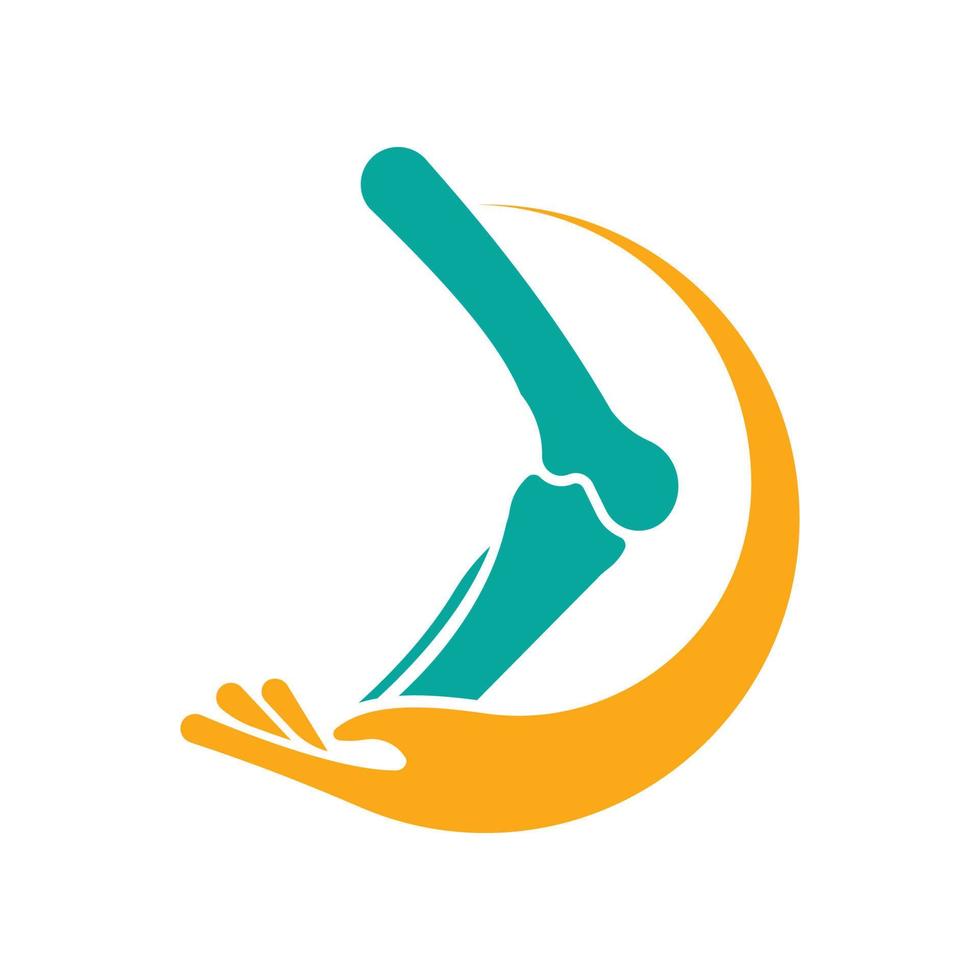+919819996745

This is your website preview.
Currently it only shows your basic business info. Start adding relevant business details such as description, images and products or services to gain your customers attention by using Boost 360 android app / iOS App / web portal.
Description
🧠 What Is Spinal Surgery? Spinal surgery is done to correct problems in the spine — whether it's due to injury, degeneration, deformity, infection, or tumors. The goal is often to relieve pain, restore stability, or correct nerve issues. 🚨 Common Reasons for Spinal Surgery: Herniated disc Spinal stenosis (narrowing of the spinal canal) Scoliosis or kyphosis (curvature deformities) Degenerative disc disease Fractured vertebrae Sciatica (nerve compression) Spinal tumors or infections Instability or slipped vertebra (spondylolisthesis) 🔧 Common Types of Spinal Surgeries: 1. Discectomy / Microdiscectomy Removes part of a herniated disc pressing on a nerve Microdiscectomy uses a smaller incision and microscope — faster recovery 2. Laminectomy Removes the lamina (part of the vertebra) to relieve nerve pressure (common in spinal stenosis) 3. Spinal Fusion Joins two or more vertebrae to stabilize the spine Often done with screws, rods, or bone grafts Used in spondylolisthesis, degenerative disc disease, or after laminectomy 4. Vertebroplasty / Kyphoplasty Minimally invasive; stabilizes compression fractures using bone cement 5. Disc Replacement Artificial disc inserted instead of fusion — preserves motion in the spine 6. Decompression Surgery Relieves pressure on spinal nerves caused by spinal stenosis or herniated discs 🛌 Recovery Process: Depends on the type of surgery, age, and overall health Hospital stay: Same-day to a few days Return to light activities: Within a few weeks Full recovery: 3–12 months (fusion takes longer) Physical therapy is key for most post-op recoveries ⚠️ Risks of Spinal Surgery: Infection Bleeding Blood clots Nerve injury Failed back surgery syndrome (pain doesn't go away) Need for repeat surgery Spinal fluid leak 🤖 Advances in Spinal Surgery: Minimally invasive techniques (smaller cuts, faster healing) Robotic-assisted surgery Navigation systems for precision Laser spine surgery (though still debated) 🧠 Quick Tips: Always try non-surgical options first (unless it’s an emergency) Choose a board-certified spine surgeon with experience in your specific condition Follow post-op instructions closely (especially about lifting, sitting, and movement) Maintain a healthy weight and stay active during recovery

